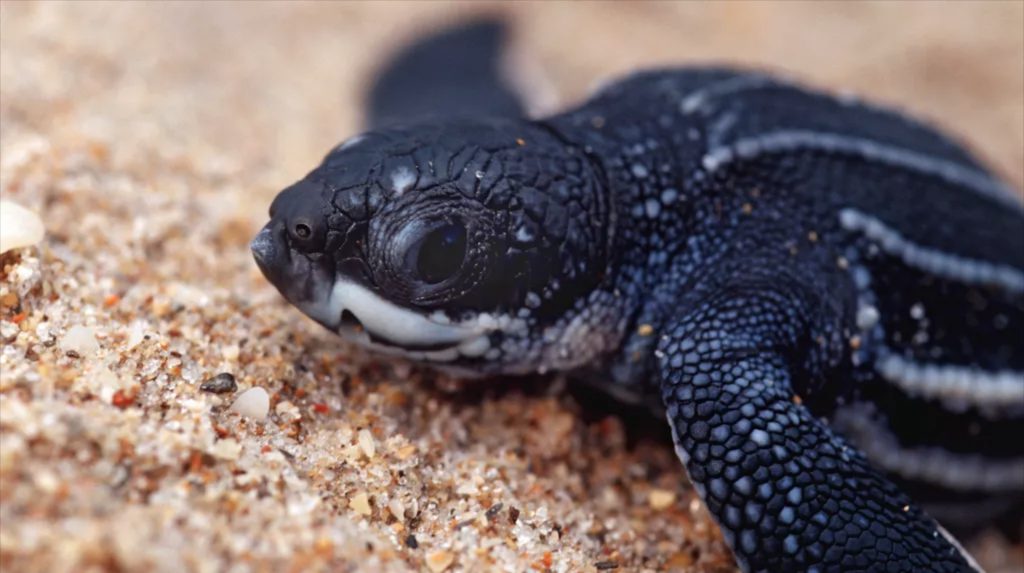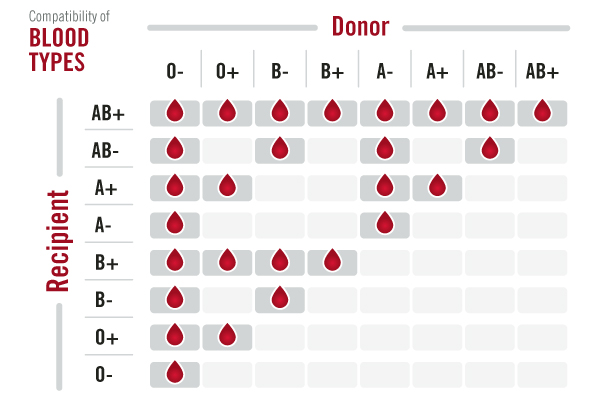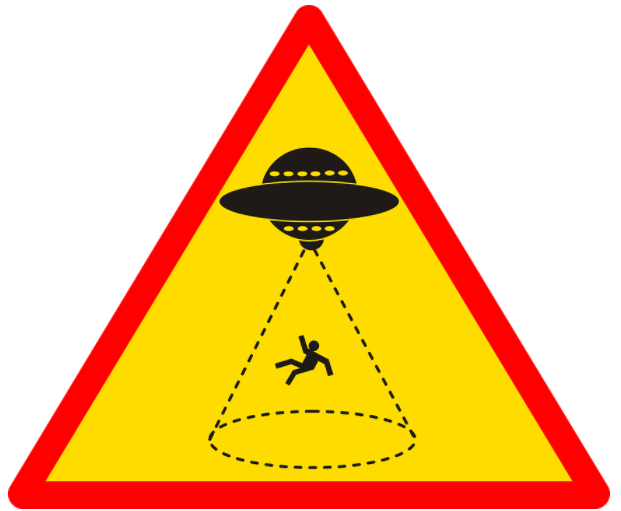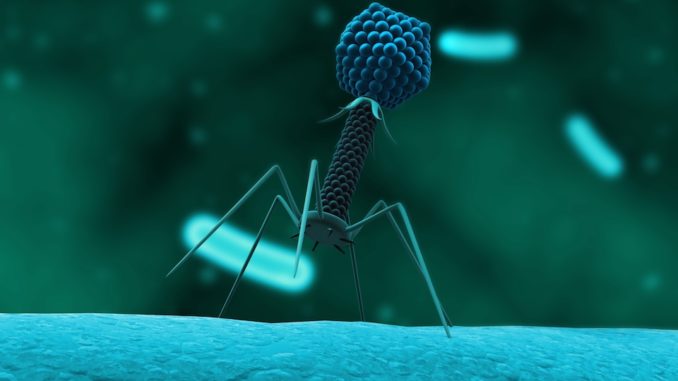Tardigrades, the Most “Immortal” Animal
Tardigrades, commonly known as “water bears”, are micro-animals that have plump bodies and eight stubby legs. Depending on the species, they range in size from 0.1 to 1.5 mm. They are covered in a tough cuticle, similar to the exoskeletons of grasshoppers, and have four to six claws on the end of their legs. These claws are made of chitin and they grab things to propel themselves forward. Their unique mouthpart is called a bucco pharyngeal apparatus, which allows them to extract nutrients from plants and microorganisms. Tardigrades do not have a respiratory system and instead, they exchange gas throughout their whole body. There are more than 1000 different tardigrade species and they all belong to an elite category of animals that can withstand just about any extreme condition.









